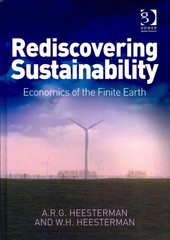Question
The defining trait of a natural monopoly is an insurmountable barrier to market entry a patent preventing competitors from entering the market a low minimum
The defining trait of a natural monopoly is
an insurmountable barrier to market entry
a patent preventing competitors from entering the market
a low minimum efficient scale on the product's long-run average total cost curve
persistent economies of scale across the full market demand
allocative and productive inefficiency at the profit-maximizing quantity
Assuming a market with monopolistic competition, in which situation would a firm generate positive economic profit in the short run?
The price exceeds the average total cost.
The price is equal to the average total cost.
The marginal revenue is equal to the marginal cost.
The price is less than the average total cost.
The marginal revenue exceeds the marginal cost.
The best alternative foregone for any choice is known as the
associated cost
consumer's marginal utility
resource input cost
explicit cost
opportunity cost
A producer of widgets decides to stop producing widgets. Ceteris paribus, if this producer of widgets had a typical supply curve before their exit from the widget-making industry, what must happen to the market supply curve?
It will not change.
It will become more elastic.
There is insufficient data to determine.
It will shift right at every price with more output supplied.
It will shift left at every price with less output supplied.




Step by Step Solution
There are 3 Steps involved in it
Step: 1

Get Instant Access to Expert-Tailored Solutions
See step-by-step solutions with expert insights and AI powered tools for academic success
Step: 2

Step: 3

Ace Your Homework with AI
Get the answers you need in no time with our AI-driven, step-by-step assistance
Get Started


